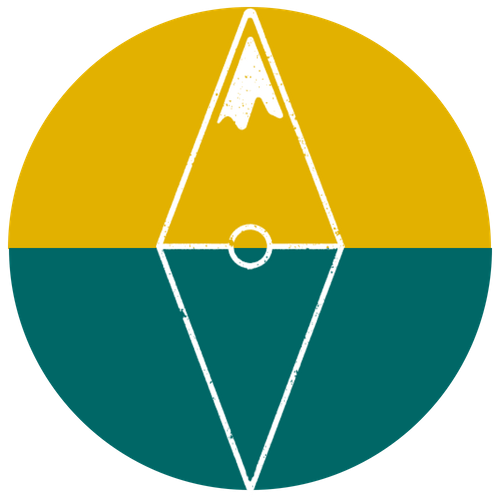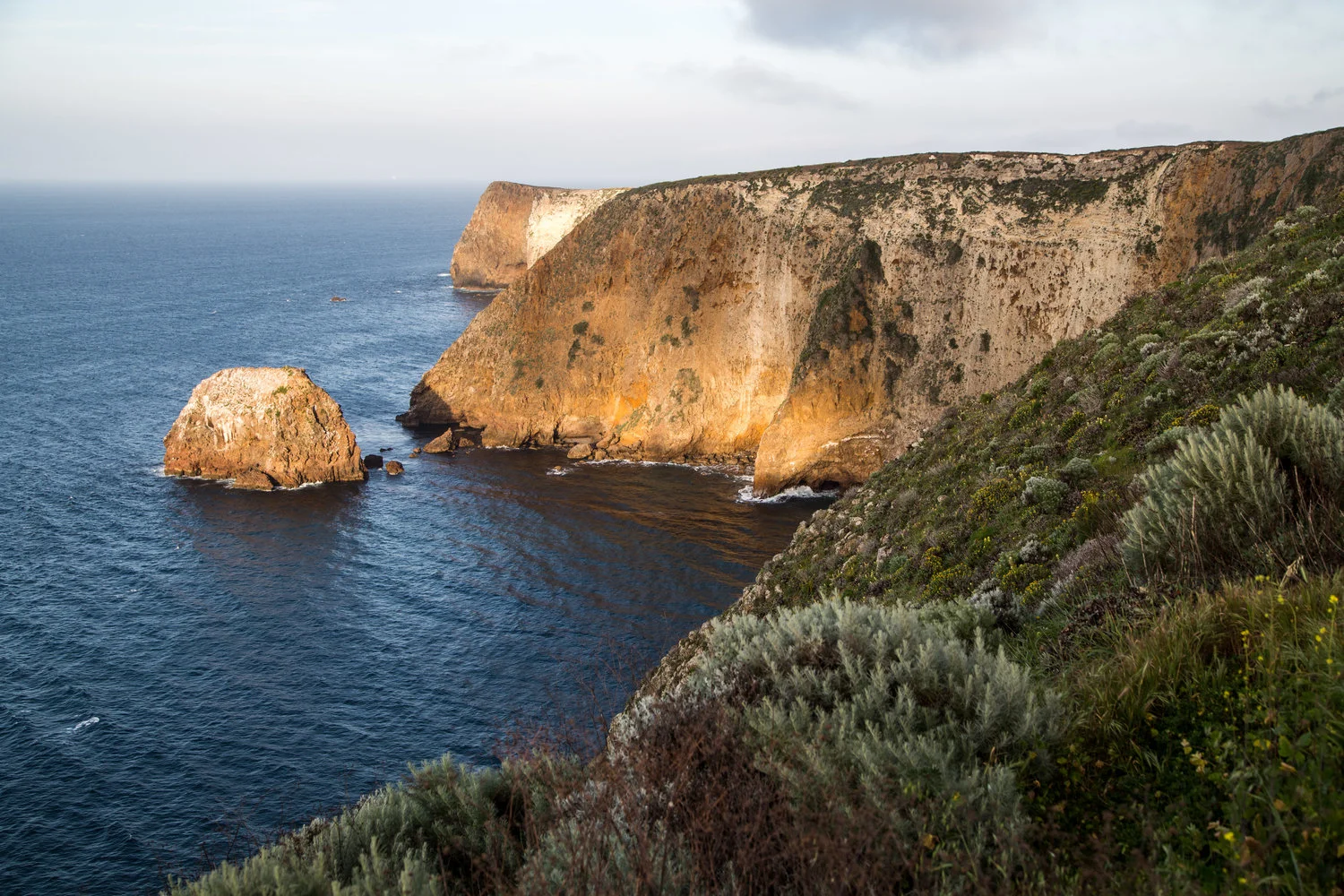In the Iberá wetlands of northern Argentina lies an incredibly biodiverse ecosystem. In this inspiring interview with Kris Tompkins, she tells the story of how her organization, Tompkins Conservation, has worked to restore and rewild the land, bringing back extirpated species and involving local communities in the conservation of what is now one of the largest protected areas in Argentina. Listen to her story and travel from home to this beautiful and remote corner of the planet where wildlife has been returning in large numbers.
Read MoreThe Sian Ka'an Biosphere Reserve and UNESCO World Heritage Site, and the neighboring Maya Ka'an region more to the interior of the Yucatan Peninsula offer a different kind of tourism, compared to many of the populated coastlines. The photos below were taken during a week of visiting Maya Ka'an and the Sian Ka'an Biosphere Reserve.
Read MoreRewilding seems to be a meeting point between conservation and storytelling where magic things happen: people start listening. Not always, and not in the same way, but they do listen. An interview with Ignacio Jiménez Pérez, the Conservation Director and Communications Coordinator of Conservation Land Trust (CLT) Argentina.
Read MoreA collection of photos from New Mexico's Organ Mountains-Desert Peaks National Monument and Rio Grande del Norte National Monument.
Read MoreIt is often the jaw-dropping mountains, untouched fiords, hanging glaciers, and pristine forests that bring us to the remote land of Chilean Patagonia; but the wildlife that lives here can be just as impressive.
Read MoreTantauco Park is a large-scale private conservation initiative, protecting 118,000 ha of wilderness at the southern tip of the Island of Chiloé. Hiking here was one of the biggest adventures we've had in Chilean Patagonia, as we went accompanied by a massive storm rushing through the island. An interview with Alan Bannister, General Manager of Tantauco.
Read MoreInterview with Alejandra Saavedra, park warden and coordinator of the Darwin's Rhea breeding center in the Patagonia Park, and with Cristián Saucedo, Director of Wildlife Conservation for Conservacion Patagonica.
Read More“We created the space needed for the recuperation of native species. It gave them the chance to repopulate the space they had lost with the arrival of livestock." Interview with Conservacion Patagonica's Director of Conservation, Cristián Saucedo Gálvez.
Read MoreIntact ecosystems and their continuous conservation are something that an increasing number of people are willing to pay to witness, and whether for their endemic species, evolutionary importance, or rich biodiversity, many islands around the world claim to be different regions’ “Galápagos”.
Read More"When you go to dive you have privacy and the fishes have peace, and you don't have a 'New York' underwater." Interview with Mathias Espinosa, co-founder of Scuba Iguana, the oldest operating dive company on Santa Cruz Island.
Read MoreIt had been six days of open ocean when one early morning we woke up with land in sight. From the misty air and foggy, rugged landscape of what looked like a barren island it was easier to think we had reached some mysterious lands up North rather than at the Equator. Once we sailed past the majestic silhouette of the Leon Dormido rocks it was less than an hour that we’d make our entrance in the bay of Puerto Baquerizo Moreno, San Cristobal.
Read More
We arrived to the Galapagos Islands by sea, following a similar trajectory that many of the species that call these islands home may have taken tens of thousands of years ago.
Read More











